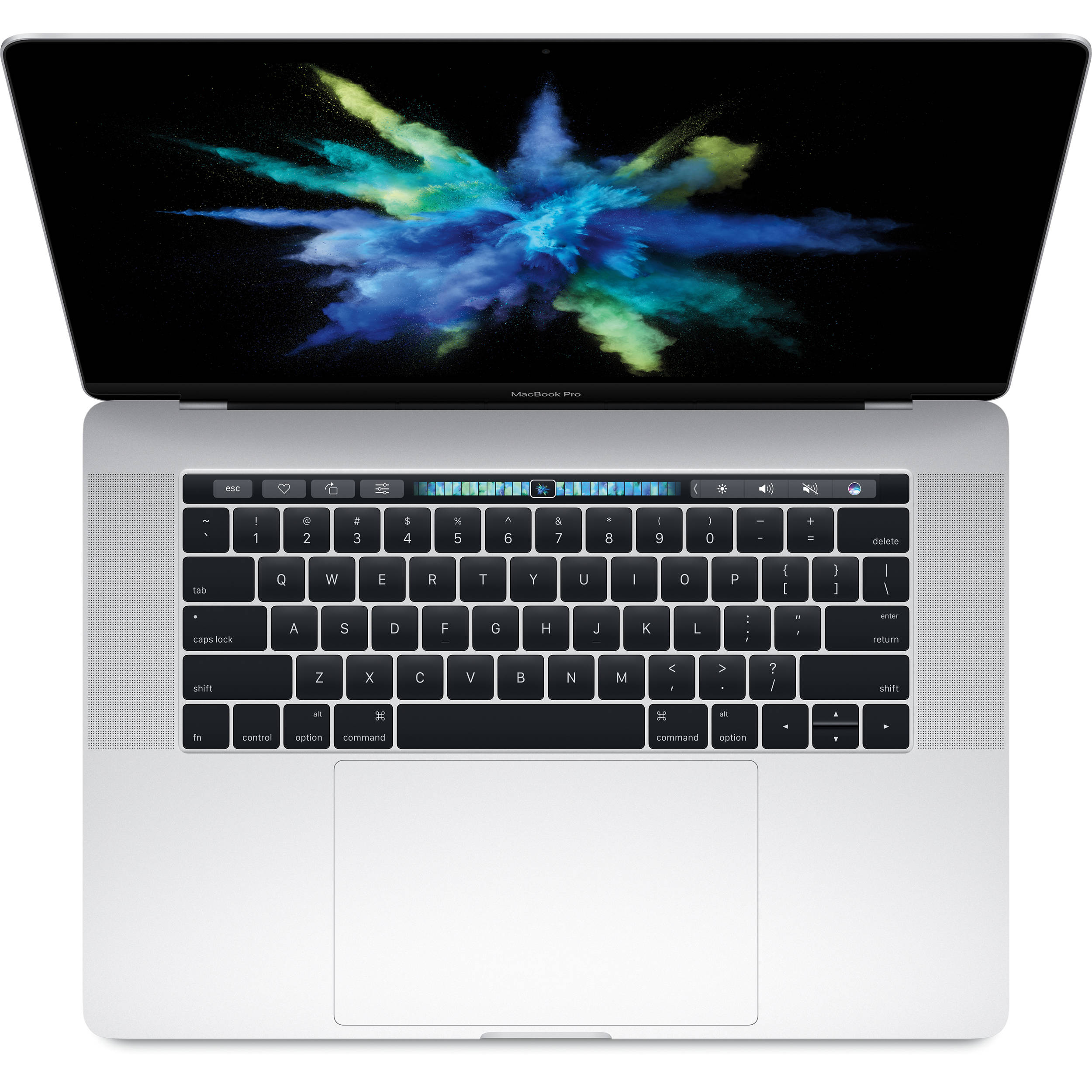Contents. Early history VisualAge was born in the IBM development lab in, which was established in 1984 and had responsibility for application. The dialog manager product, a personal computer derivative of the user interface elements of the product was one of the first products in this family. The lab also had a group which was one of the early adopters of technologies within IBM using an internally developed language called to develop applications with more sophisticated which were just starting to be widely available. Eventually, the availability of usable implementations of for -AT class machines allowed IBM advanced technology projects to experiment with Smalltalk.
At about the same time, visual interface construction tools were coming up on the radar screens. Smalltalk research projects such as by of IBM, and by a team at Apple led by were building interactive graphical applications built from composition of graphical primitives. Higher level construction of user interfaces was evidenced by other tools such as 's interface builder first done in and then evolved to become the tool in, and later, which allowed for building user interfaces by composition of UI widgets which could be 'wired' to each other and to application logic written in. The original prototype which led to VisualAge was an attempt 'to make something like the ' within the development environment. By the time VisualAge was released as a product, much more emphasis was placed on visual construction of application logic as well as of the user interface.
Xl C/c Advanced Edition V6.0 For Mac
This emphasis was in part due to the 'positioning' for 'strategic' reasons of Smalltalk as a generator rather than a language within IBM's. Name brand The name VisualAge was the result of a contest between the members of the development team. After the initial release of VisualAge/Smalltalk the name VisualAge became a brand of its own and VisualAges were produced for several different combinations of languages and platforms. Languages (not every language is available on every platform listed):. Platforms:. (formerly named ). (formerly named, ).
Evolution Most of the members of the VisualAge family were written in Smalltalk no matter which language they supported for development. The IBM implementation of Smalltalk was produced by which was acquired by IBM and run as a wholly owned subsidiary for several years before being absorbed into the overall IBM organization. VisualAge for Java was based on an extended Smalltalk which executed both Smalltalk and Java. Java natives were actually implemented in Smalltalk.
VisualAge Micro Edition, which supported development of embedded Java applications and cross system development, was a re-implementation of the IDE in Java. This version of VisualAge morphed into the. Various members of the family have been replaced by products in the Studio family of products. As of 2009, the original VisualAge product continues to be promoted by IBM as “VisualAge Smalltalk”.
In 2005, Smalltalk specialist Instantiations, Inc. Acquired a worldwide license to VisualAge Smalltalk, and offers an “enhanced product” VA Smalltalk.
The C, C and Fortran compiler on AIX, Linux and z/OS are renamed as series. Released versions Applications designed with VisualAge C could be portable between platforms without any code changes needed (Windows, OS/2, AIX, Linux etc) if VisualAge guidelines were followed. IBM also included additional tools and libraries in instances where portability was not possible without code changes. ^ (Press release).

Retrieved 2018-03-12. (PDF), IBM, 2005-12-13, ENUS905-270, retrieved 2018-03-12. Archived from on 2011-09-15. Retrieved 2011-01-26. Archived from on 2008-10-19. Retrieved 2008-11-01. Retrieved 2009-05-19.
Retrieved 2018-03-12. Retrieved 2009-05-19. Retrieved 2009-05-19. Retrieved 2018-03-12. (Press release). From the original on 2018-03-12. Retrieved 2018-03-12.
(Press release). Retrieved 2018-03-12. VisualAge - Smalltalk. IBM Corp., IBM, (1994). “IBM VisualAge (printed paper bound retail hardboard box)”. Part Number 14H0969 and lid Part Number 30H2314 Product Number 17H7495 Bar code: 85.
IBM Corp., IBM, (Spring 1995). “Smalltalk resource catalogue”.
(96 pages) Product Number G325-0813-01 Part Number 30H2238. IBM Corp., IBM, (October 1994).
“Development guide”. (250 pages) Product Number SC34-4495-00 Part Number 14H0295. IBM Corp., IBM, (October 1994). “Programmer’s reference”. (458 pages) Product Number SC34-4493-01 Part Number 14H0297.
IBM Corp., IBM, (October 1994). “IBM Smalltalk”. (172 pages) Product Number SC34-4491-01 Part Number 14H0296. IBM Corp., IBM, (October 1994). “Installation guide booklet”. (48 pages) Part Number 14H1071. IBM Corp., IBM, (October 1994).
“Programmer’s guide to building”. (149 pages) Product Number SC34-4496-00 Part Number 14H1070. IBM Corp., IBM, (October 1994). “User’s Guide and Reference”. (642 pages) Product Number SC34-4490-01 Part Number 14H0922; IBM VisualAge for COBOL Standard is “Year 2000 ready” and Requires: Warp Version 4.0 plus FixPak 1 or Windows NT 4.0 plus Service Pack 3. IBM Corp., IBM, (1997).
“IBM VisualAge for COBOL Standard (printed retail card box)”. Product Number P4301938 Bar Code: 000104 Part Number 4301978.

Xl C/c Advanced Edition V6.0 For Macbook Pro
IBM Corp., IBM, (1997). “IBM VisualAge for COBOL Getting Started on Windows Manual”. (130 pages) Product number GC26-8944-01 Bar Code: GC26-8944-01 Part No. 4301981. IBM Corp., IBM, (September 1997). “IBM VisualAge for COBOL Getting Started on OS/2 Manual”. (156 pages) Document Number GC26-9051-01.
IBM Corp., IBM, (April 1997). “Resource Catalogue for IBM COBOL Family V 1”. (44 pages) Product Number GC26-8488-03 Part Number 4226010 External links. description from Electronic Developer Magazine for OS/2 (EDM/2). description from Portland Pattern Repository.